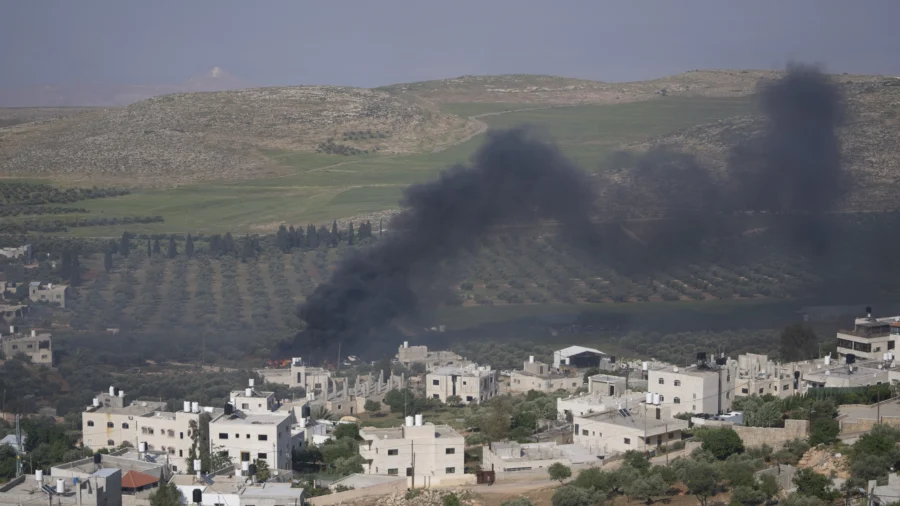The discovery of the body of a missing Israeli teen sparked the most intense confrontations between Israeli settlers in the West Bank and Palestinians since the start of the conflict. The missing teen was reportedly killed in a terrorist attack, according to Israel’s army.
According to witnesses, a number of Palestinian communities were attacked as a result. Israel’s military said that dozens of people were injured in confrontations in several locations, which saw shots fired and rocks thrown.
The exact number of injured people is currently still unknown. The conflict saw the deployment of several IDF companies, who confirmed that “all of the incidents have concluded.”
The attacks on April 12 and April 13 were sparked by the disappearance of 14-year-old Binyamin Achimair, despite calls by Israeli Defense Minister Yoav Gallant, who, in a statement, urged people not to take the law into their own hands. The territory has been experiencing rising tensions for months.
According to unconfirmed reports by Palestinian health officials, 26-year-old Palestinian Jehad Abu Alia was killed on April 12 in the attack on al-Mughayyir village, in addition to more than two dozen wounded.
Palestinian authorities said Israeli settlers returned the next day to torch around a dozen homes and several cars before border police fired tear gas toward villagers who gathered, trying to disperse them.
The head of the local village council of the nearby village of Douma said Israeli settlers set fire there to more than two dozen homes and farms, and accused the army of protecting the settlers.
No comment was made by the Israeli military on the incident.
According to Israeli human rights group Yesh Din at least ten villages were attacked by Israeli settlers. The group said in a statement that homes and vehicles were damaged.
Tensions in the West Bank have been particularly exacerbated by the aftermath of the Oct. 7 massacre, which saw 1,200 Israelis butchered by the Hamas terrorist group, leading to the Israel-Hamas conflict, which has so far resulted in thousands of casualties and displaced civilians.
Since the start of the conflict, information coming out of Gaza has been largely unreliable. Hamas-controlled Palestinian authorities have provided often exaggerated reports on casualties, many of whom died as a result of Hamas using civilians as human shields.
Moreover, many of Hamas’ terrorist outposts are located beneath and inside hospitals, schools, and mosques. These were created after Hamas officially took control of Palestine in 2006.
Global calls for a ceasefire have been growing, with little results. Hamas is demanding a permanent ceasefire and a return of all displaced civilians to Gaza. Israel, on the other hand, has vowed to continue fighting until the terrorist group is eliminated from the region.
Hamas has not claimed any responsibility for the killing of the Israeli teen.
Israeli media reported that the teen was last seen leaving the settler outpost of Malachei Shalom early on April 12 to tend to livestock nearby. According to reports, the sheep later returned to the outpost without him.
Israeli broadcaster Channel 13 TV said that a drone discovered the young Achimair’s body after being shot, although the report did not elaborate further, and no cause of death has been officially announced.
Israeli Prime Minister Benjamin Netanyahu issued a statement condemning the killing, “We will get to the murderers and their helpers as we do to anyone who harms the citizens of the state of Israel.”
The abduction and killing of three Israeli teens in the West Bank in 2014 sparked a nearly two-month war between Israel and Hamas, which at the time constituted the deadliest and most intense round of fighting between the two sides.
Palestinians have historically questioned the expansion of Israeli settlements in east Jerusalem and the West Bank, as the Hamas-controlled Palestinian government has long coveted these areas for the creation of a future state of Palestine.
Some settlements have highly developed infrastructure akin to suburbs in Israeli cities, while others consist of only a few caravans.
Currently, around 700,000 Israelis live in East Jerusalem and the West Bank.
The Associated Press contributed to this article.

